Week Four: Subculture in Skate
Within visual culture, there are subcultures. These subcultures, like the skate style pictured above, can be defined by a specific collection of individual items. The fashion can even be finely tuned into categories separated by certain brands. The ‘Supreme’ style above is classified by the following: Skate shoes, typically a pair of van. Supreme apparel, usually a tee with the Supreme brand logo. Ironically, this style of skate fashion doesn’t necessarily include a skateboard. Supreme’s style is highly influenced by skate culture but their apparel is often bought by consumers who are drawn to the aesthetic but don’t skate. Many brands in skate wear (as well as outside of skating, with other brands) focus on ‘superficial’ branding, in which hype is built up by high demand and low supply. Exclusivity creates inflated market prices. Even low quality apparel will sell well in limited quantities due to the principle of demand. In this case, the visual skate culture is not consistent with the active culture by which in inspired.
Week Three: Journeyman
Who is this man? I didn’t know when I snapped this photo, I don’t now, and I never will. Why was he here? What brought him to the Williamsburg Bridge, at 7:00am, to fall asleep over passing cars? He wasn’t homeless, and this is an inopportune place to beg if he were, and judging by his possession of the bicycle he seemed to be headed somewhere. But where? Did he begin in a faraway land and arrive at his destination, here? That’s doubtful. This must be the midway point for his journey. I still wonder where he headed and what caused his stop. I wonder if he has made it there yet. I liked his shoes, his soccer jersey too. They tell me that he’s an athletic type and that he plays sports or admires them. If you look closely you can see that he secured his bike to the rail before he laid down, so he must have planned on falling asleep here. If this was his plan, shouldn’t he have packed a pillow?
Week Two: Direct Perception
Is a photo of art still art? If we photo photograph an artwork, does our capture become a new piece of art? The mural above contains the development of a concept to compose colors and forms and dimensions, and the skill of an artist’s hands executes the finished work. The passerby takes a photo. He can capture the image to hold it as a memory. He can study the piece for its artistic information. He can upload it to his Instagram page and caption it as his own piece. In that case, is it evidence or is it art?
Week One: Imagine
You can teach art. You can teach technique and composition and colors and concept, but you don’t have to. Art can be created from a brain with no knowledge or from a mind with vast experience and everywhere in between. You can teach creativity, but you don’t have to. Creativity isn’t rooted in a formula; it comes from the imagination. You can teach students a color palette and you can demonstrate brush strokes. You can hand them a concept and tell them to create. Each piece will look different. Each piece will be created, creatively. So, in fact, maybe art and creativity can be rooted in a formula. But without the imagination, a pool of untamed images swirling within each student, each piece would take the same shape. You can teach someone how to create, but you can’t teach them how to imagine. Surely the imagination can be influenced, which is why we react wildly as children when we are fed Power Rangers and Disney princesses, and it’s why we dull as we age, as we begin to consume realistic media like Calculus and the New York Times. Our imaginations are shaped by what we witness on a daily basis, developing within our minds over a lifetime to become fantastical or practical or innovative, and we will create from these pieces we put together, rooted in the variety of encounters that we store in our memories.
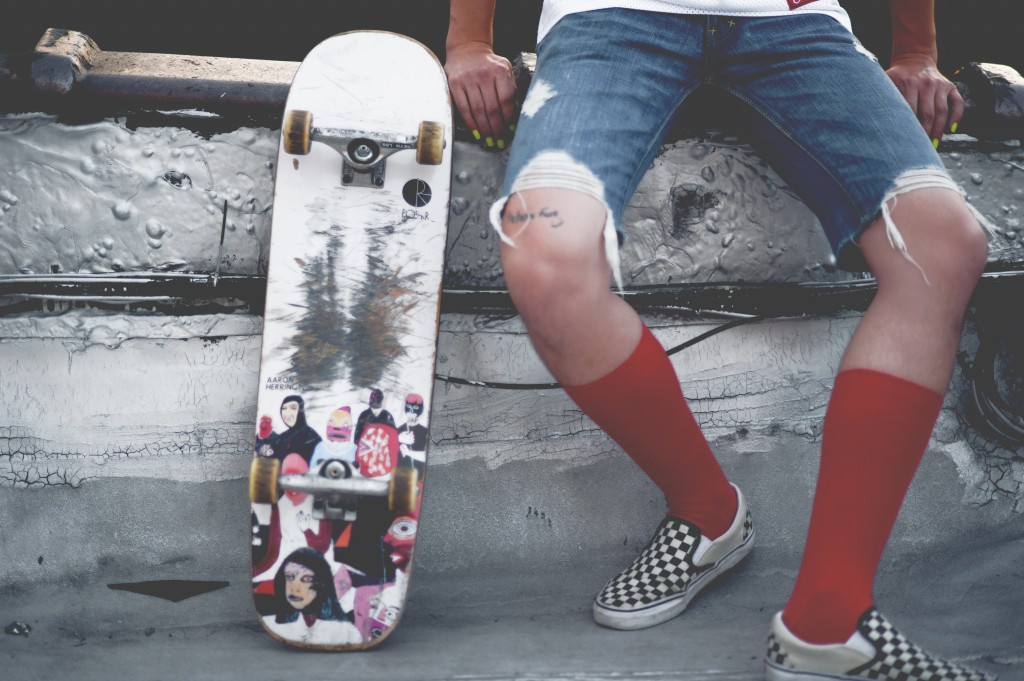
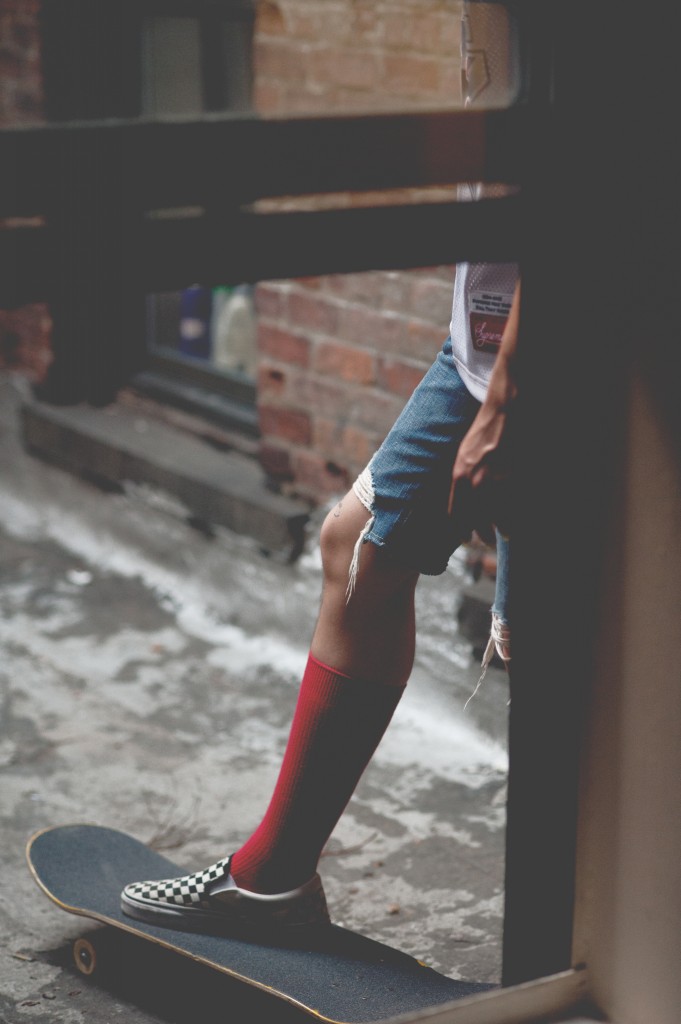
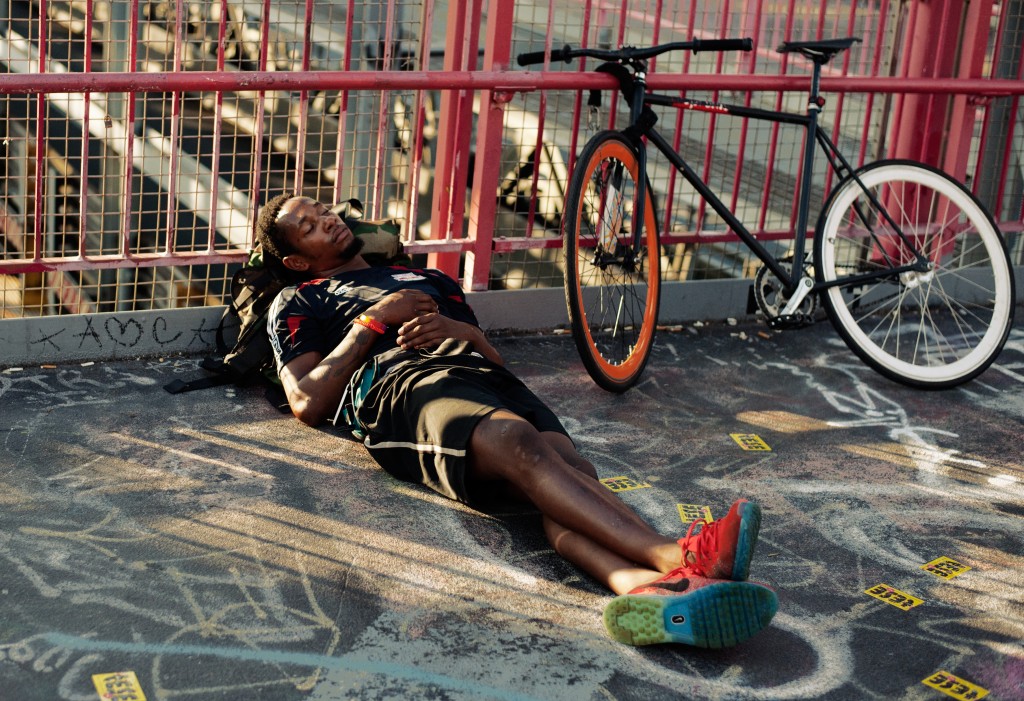
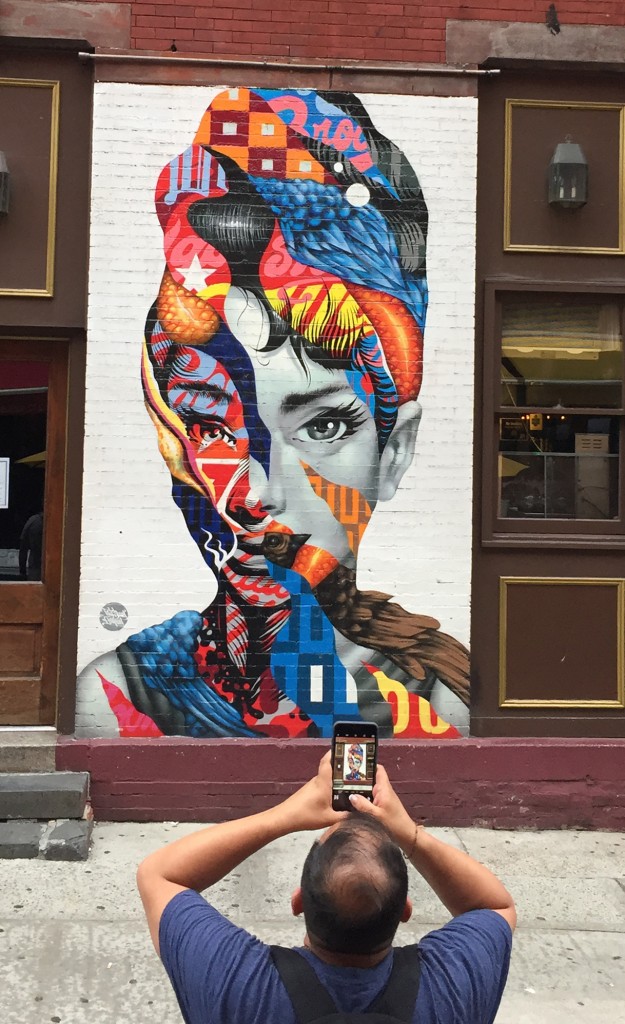
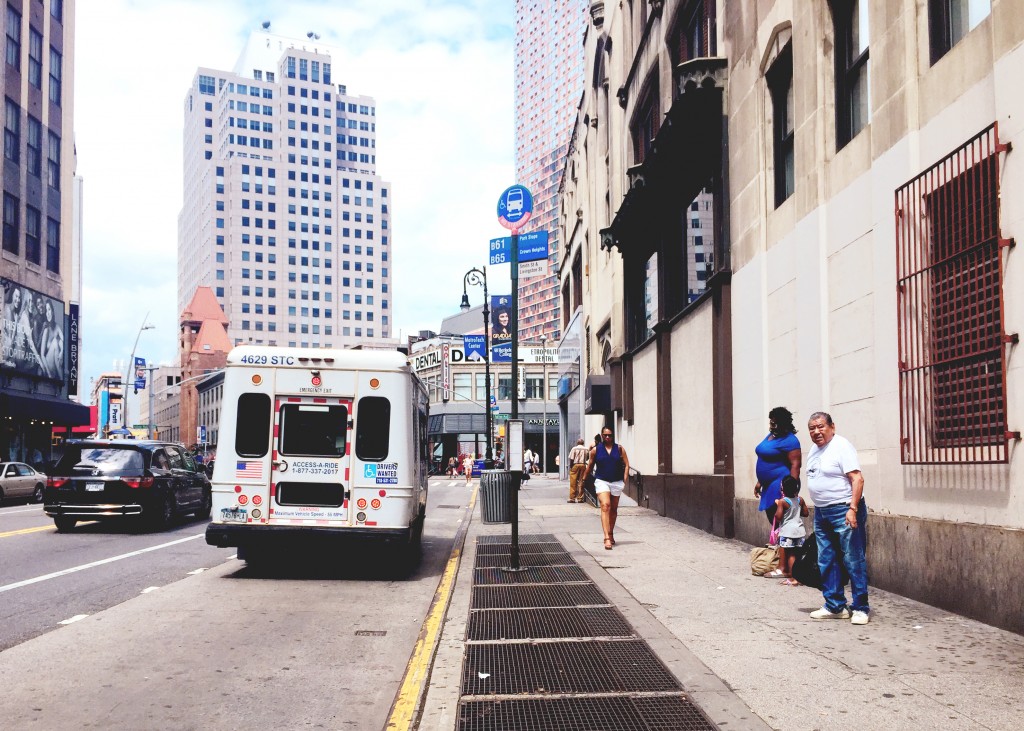
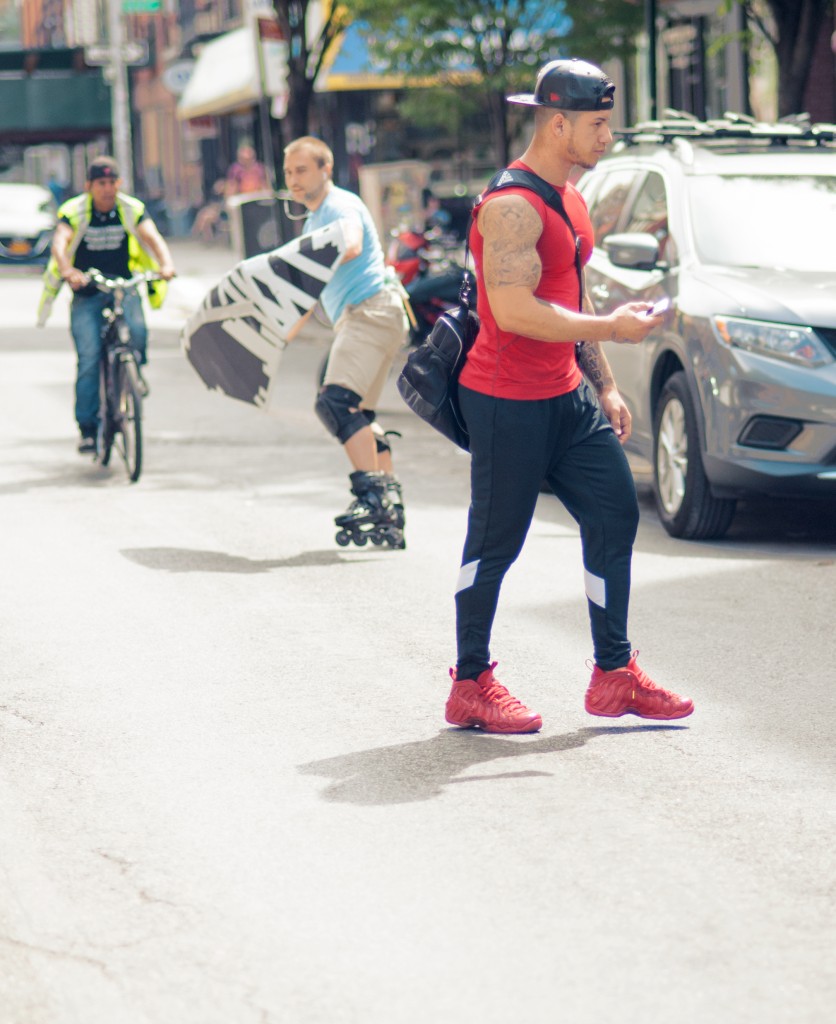
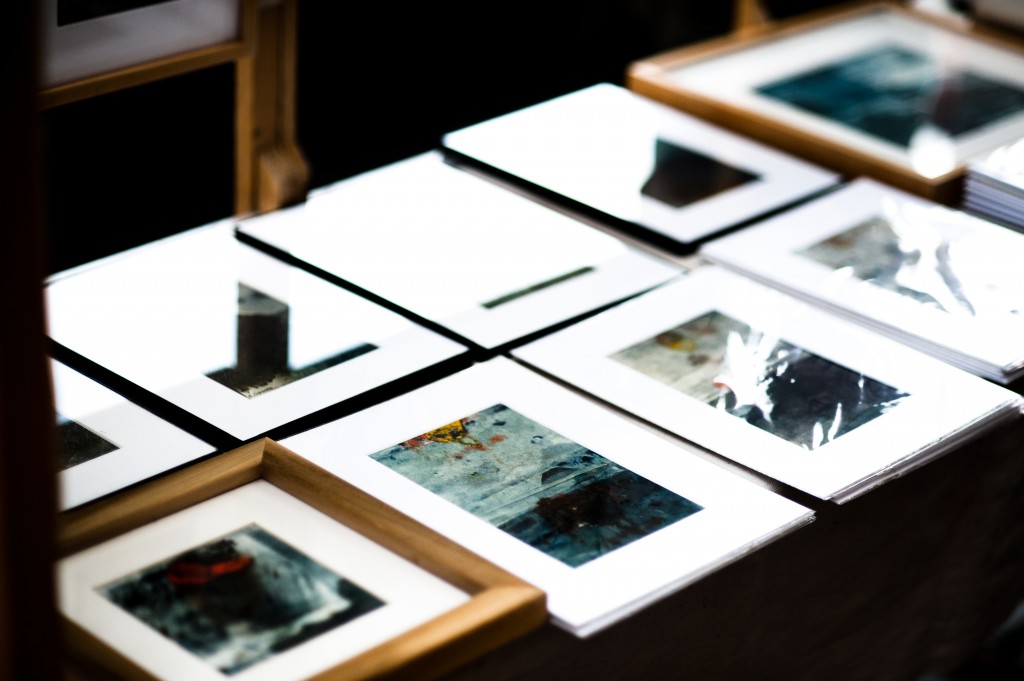

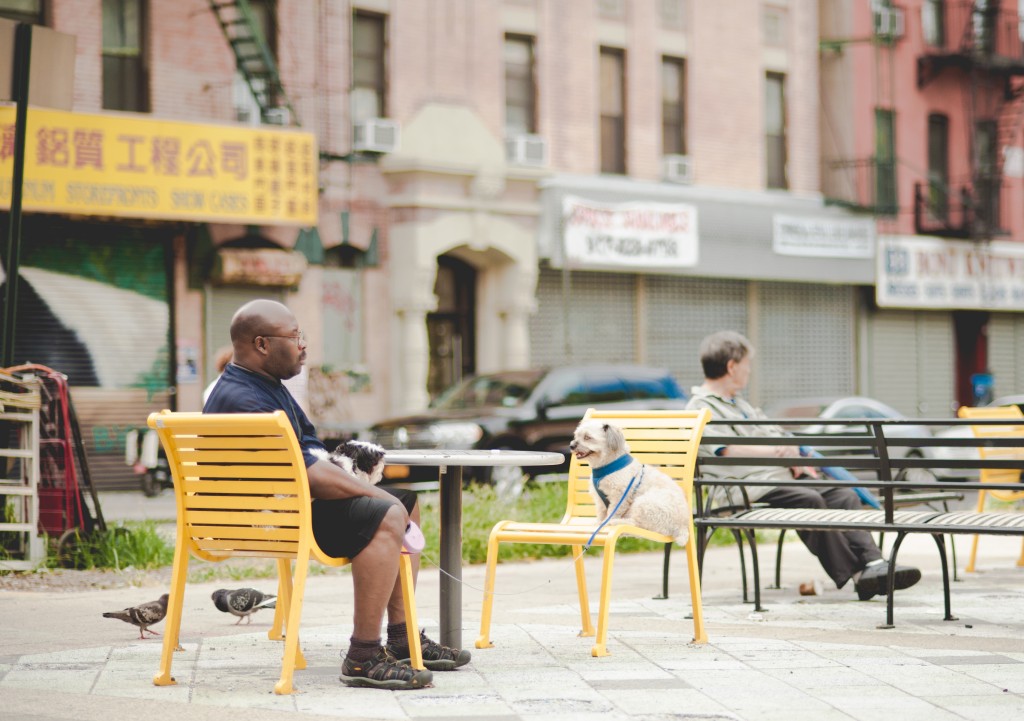
Enjoying reading your writing and reflections. Your photos are very interesting – it’s great to see you experimenting with dynamic compositions, lighting color. You can also try experimenting with different angles (from above, from below, etc)
Really enjoying reading your thoughtful and amusing reflections and seeing the images that go along with them. The colors really pop, and as we start to see a progression in your images from week to week, you create a portrait of the city which is very colorful. Keep up the good work.
A 5th post is missing?